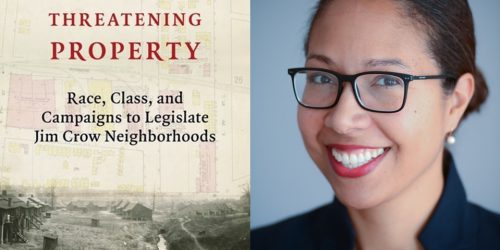Erica Chenoweth — Creative Nonviolence Can Defeat Repression
The latest Room for Debate series in the New York Times features a number of scholars and writers discussing what it is, exactly, that makes protests effective. Erica Chenoweth, assistant professor at the Josef Korbel School of International Studies at the University of Denver and a researcher at the Peace Research Institute of Oslo and coauthor of Why Civil Resistance Works: The Strategic Logic of Nonviolent Conflict, contributed “Creative Nonviolence Can Defeat Repression,” an article addressing the techniques that have made protests most effective in toppling repressive regimes throughout history.
Chenoweth begins her article with an explanation of what regimes (even repressive ones) need to control in order to stay in power:
Every repressive regime depends on various pillars of support — business elites, security forces, state media, educational elites and bureaucrats. When resistance campaigns impose significant costs on these groups, people begin to question their long-term interests.
Chenoweth identifies the three most important ways that protests can remove the support of these “pillars”:
Mass participation is the first ingredient. The political scientist Mark Lichbach has suggested that when more than 5 percent of the population engages in sustained, coordinated civil disobedience, few governments — dictatorships or democracies — remain in power. Successful campaigns tend to have diverse participants, too. Campaigns composed solely of youth, urban intellectuals or a particular minority ethnic group, have little chance of making a difference. When large and diverse segments of society actively withdraw their support from the status quo, change appears inevitable — and forward-thinking elites come down with the flu and stay home from work.
Successful campaigns are also resilient. They alternate between higher-risk methods of concentration (protests, flash mobs, sit-ins, etc.) and lower-risk methods of dispersion (boycotts, stay-at-home demonstrations, go-slow demonstrations, etc.).
Finally, successful campaigns avoid using violence. Numerous historical cases reveal that vandalism, assassination or armed insurrection generally diminish participation. Moreover, violence tends to push regime functionaries closer together rather than pulling them apart. Elites who feel personally threatened by violent acts generally resolve to defeat the campaign.
However, Chenoweth is careful to point out that regimes rarely sit around and wait while protests try to pull them down. In the end, she explains, “whichever side divides and rules more effectively wins.”





